Let’s talk about Teaching Behaviors. As educators, we know how important it is to teach our students the basics in Kindergarten. And in each and every grade. We know what each student must achieve to move on to the next grade. We also know what each student should know to make their next year above what is required for promotion.
Why is Teaching Behaviors Important?
Additionally, educators have to show evidence of plans to cover all their standards in reading, writing, math, science, and social studies. We have to fill out assessment information. We have to be evaluated ourselves on our teaching craft. But there is one element that is CRUCIAL to the development of each student as a person and a learner that can sometimes be overlooked. If you look at the title of this post, you know the direction I am going. You know the standards and skills we absolutely MUST teach our students; behavioral skills. Additionally it is critical to show the expectations for teachers from students.
Teaching Behaviors Takes Time and Effort
I know we all take so much time at the start of the year to show our class HOW to do each and everything little thing. We also typically have a classroom management plan to promote the behaviors we expect to see as well as manage the behaviors we don’t like to see. In fact, we typically plan less curriculum to cover at this point in the year to factor in the time it takes to teach structures and routines.
We know that a teacher can not always control the behaviors of the classroom. Even a teacher with great management skills and relationships with her students has rough days or rough moments. Our students are each variable! We call kindergarten “potluck” at my school. We don’t know what is going to show up until they arrive and are assigned a classroom. We can’t separate two students who need it because we most likely don’t know there is a problem at registration. We can’t place a student in a set class because it is a good fit for his personality because we don’t know his personality. Most other grades have an easier time “spreading out the love” and mixing up the students.
So let’s get real and talk about what WE as EDUCATORS need to do to teach behaviors! What does a teacher do when he or she notices the behaviors in the class are not what have been taught nor are the behaviors in the class acceptable? Let’s discuss this.
Teaching Behaviors By Addressing the Problem
Addressing the problem means that you go to the student or students that are not behaving correctly and talk to them. Sometimes it is the whole class situation and therefore it is a good thing to take time out of the instructional day and address the problem. Many times we have to give up some of our instructional time to relearn behaviors. We don’t love it but NOT addressing the behavior takes away more instructional time over time than taking care of it asap.
Teaching Behaviors By Teaching the Expected Behavior
Making time to plan to teach expected behaviors is something I discovered after my first year of teaching and I implemented every year after that. I make a plan for behaviors in my classroom from the very beginning. Just like I plan for teaching sight words, I plan for how I can and will address behavioral issues in the classroom. I also write in lessons about situations that I know are coming.
Let me give you a few examples. I write in my lesson plans to review the rules for daily for the first two weeks of school, then at the start of the week for a few more weeks. Then I take it further and schedule time at the beginning of each nine weeks to review all the rules again. This is so important after Christmas break and Spring Break. Students forget and lose their minds before they return to me. If I find my class to be exceptionally well behaved, the review might take less time, but little ones STILL need the review. If my class needs more reminders, I plan for more as well.
Teaching Behaviors By ReTeaching the Expected Behavior
I also have a plan for students’ problem-solving with each other. For the first third of the school year I am a huge part of students’ conflict resolution. Since many students are new to peers, playing with peers, and not use to having their parents around to help them problem solve, I strongly feel I need to help my students resolve issues together. I help both sides talk about their problem and come to a solution. Around October, I transition into a lesser role. I am with my students but I allow them to handle their own situations with me listening and watching instead of leading. They feel supported because I am there, but often silent. I chime in as needed but this is their issue. Then for the last third of the school year, I no longer handle student issues that can be resolved without me. I have helped them, modeled with them, and walked them through the process many times. Sometimes the solution can and should be NOT to play together
Lastly I have “holes” in my curriculum map to make up instructional time here and there. I can’t predict in August before I have even met my class how fast I can go or how much I can get done. And we all know just because the curriculum maps say you are moving onto subtraction has little meaning to a 5-year-old who is just grasping addition. I need to make sure none of my students are being stressed out from being moved on too soon to concepts they are not ready for. That causes behavioral problems. We have weeks to catch up or extend learning.
Teaching Behaviors By Taking Advantage of Teachable Moments
Turn any book or movie into something teachable. But I also look for students doing the right thing and showcase them to make that great moment more teachable.
I also keep friendship, manners, and other behavioral-rich books on my shelf at all times. I can pull them in an instant to read to everyone, to read to a small group, or to read with one special friend. My students all know where the books are and they have the right to go get them to read through if they feel the need as well.
Here are some book topics I am referring to.
{Julia Cook has a strong collection of behavioral rich books you will love to have at hand.}
Teaching Behaviors With Social Stories and Role Planning
I thought I was doing a great job with many behaviors until one year, I noticed my class would not stop yelling at each other when they didn’t agree. It was odd. This was more of an issue with this group that I thought. Modeling wasn’t helping, books were not helping, the school counselor wasn’t helping. One day I ask my class, “Have you ever seen two adults disagree about something without yelling at each other?” Do you know what their answer was? Two-thirds of my class said no! They always saw two people tell at each other when they don’t agree!
This might sound silly, but my assistant and I had to make up “stories” behind the scenes and play it out in class to model normal conflict/resolution. She would come in one day and say, “Mrs. Amoson, did you send this {insert important paper} to the office without putting your name on it? The office had no idea which teacher it came from and they spent 45 tracking us down!” or “Mrs. Amoson, I didn’t like it when you said you didn’t like my shoes yesterday. I really liked them and thought they were awesome. I didn’t want to wear them today because it made me feel so badly.” All the class would get quiet and look straight at me… and wait for my reaction. I mean… my assistant’s tone wasn’t very nice (on purpose of course!) I would have to model the perfect way to handle that situation. “I am so sorry that happened Mrs. Kara. I was moving too fast and forgot to write my name on that paper. I will apologize to the ladies in the office right now. Will you forgive me as well? I will be more careful next time.” and “I don’t remember saying anything bad about your shoes yesterday Mrs. Kara. I must have hurt your feelings without meaning to. I hope you forgive me and give me a second chance today. Will you wear those shoes tomorrow so we can all see them? I am sure they are amazing.” It took a few weeks, but those 1 minute scenes worked like a charm. And I did enjoy an extra bathroom break from time to time when I had to do to the “office to apologize.” 🙂
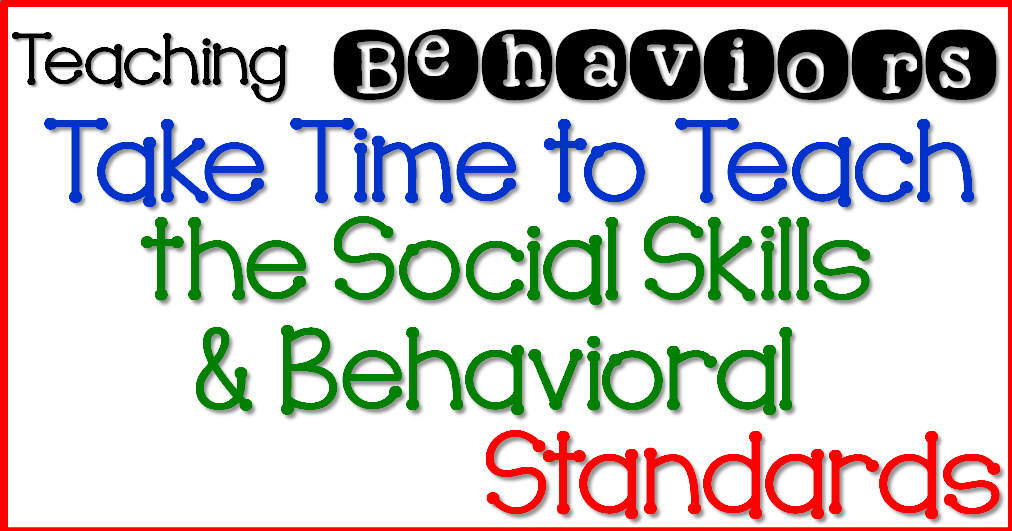
Teaching Behaviors By Making Time for Social Skills
Don’t stress about the lesson to teach the behavior. This is the one lesson I wish someone has told me when I started teaching. Teaching the behaviors is more important than finishing that lesson. I don’t care if you want that art project done, if lunch starts in 3 minutes, or if you are being observed by administration. Your social skills and behavioral standards are AS IMPORTANT to master as letter sounds, addition, and sight words. It is okay to let your administration know you are working on these standards instead of rhyming words at THAT moment. At least, it should be okay. I promise you any teacher in the next grade would agree with me.
Has this ever happened to me? Yes. I have gone to administration before and let them know about the needs of my class as a whole and individually. I let them know what was going on, how I was planning to address it, and what that meant for my classroom. Nothing about the experience was negative. At the end of the school year, my class was where they needed to be and I had worked on the behaviors I needed to work on to the best of my abilities.
What is one trick you implemented that really helped you deal with behaviors in your classroom?
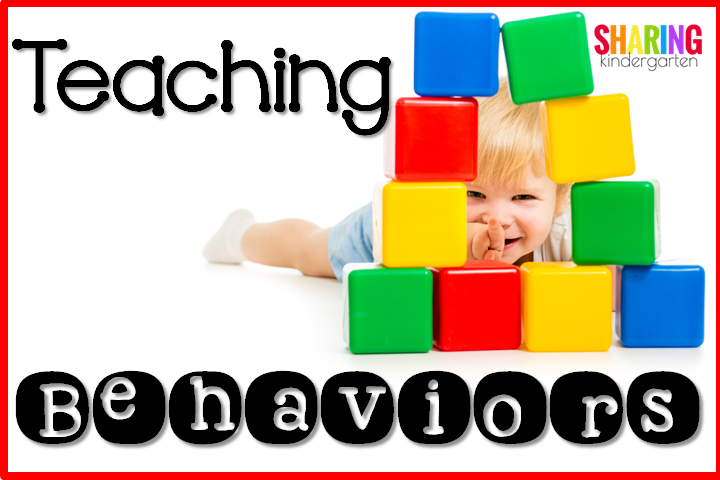
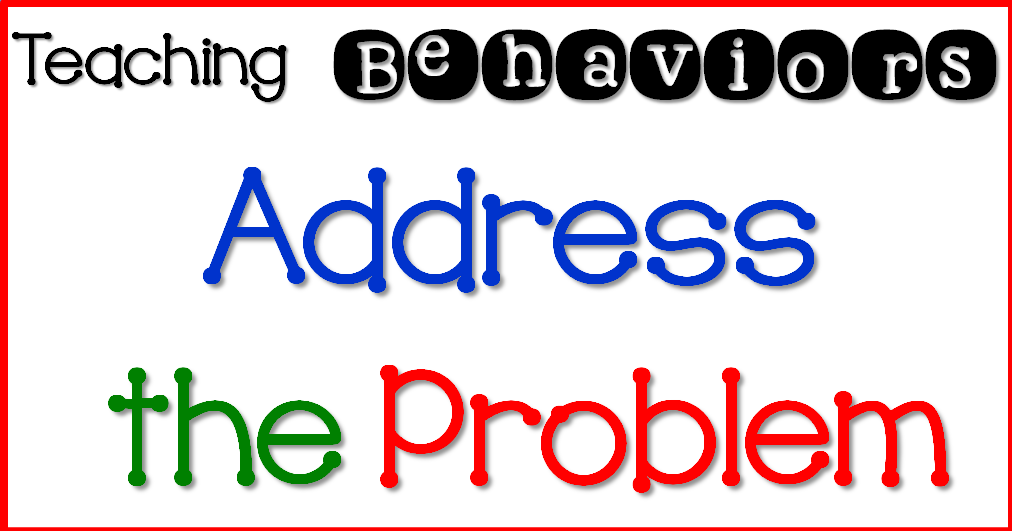
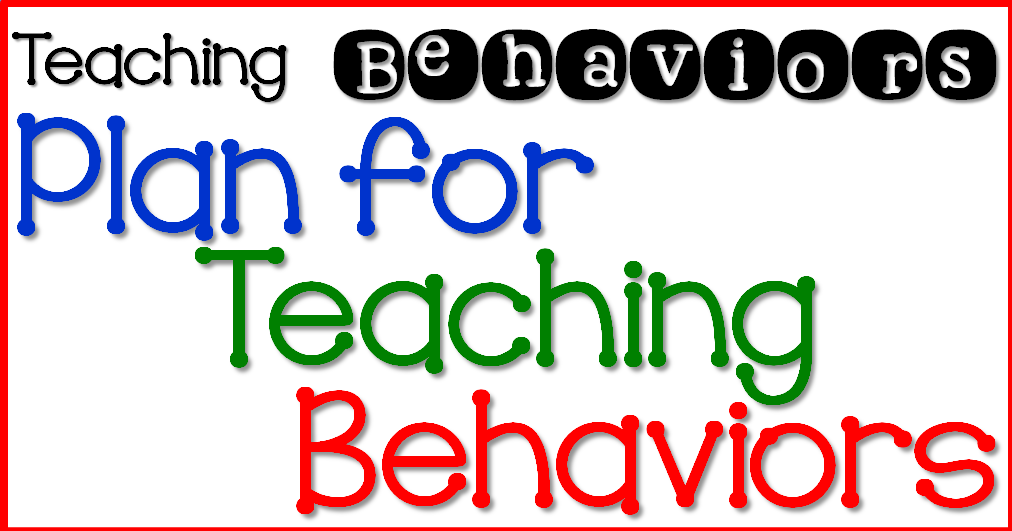
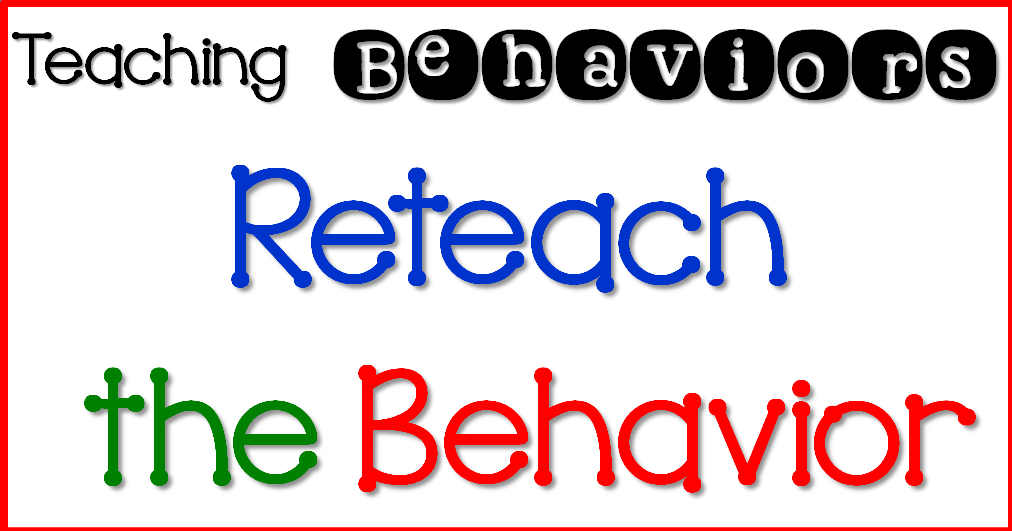

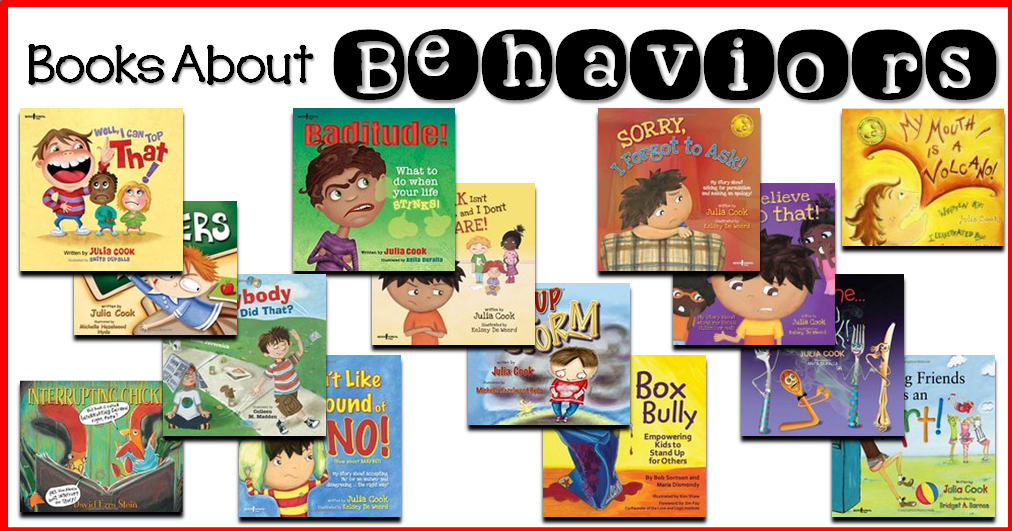
Thank you for this timely post, as I have a class this year with many “yellers”. This was sort of a “duh” moment for me…I should have known, but never stopped to think…why? Ive done all the other things, & was starting to think that I would just have to get used to it. I will immediately inlist some help with scenarios. Thank you!